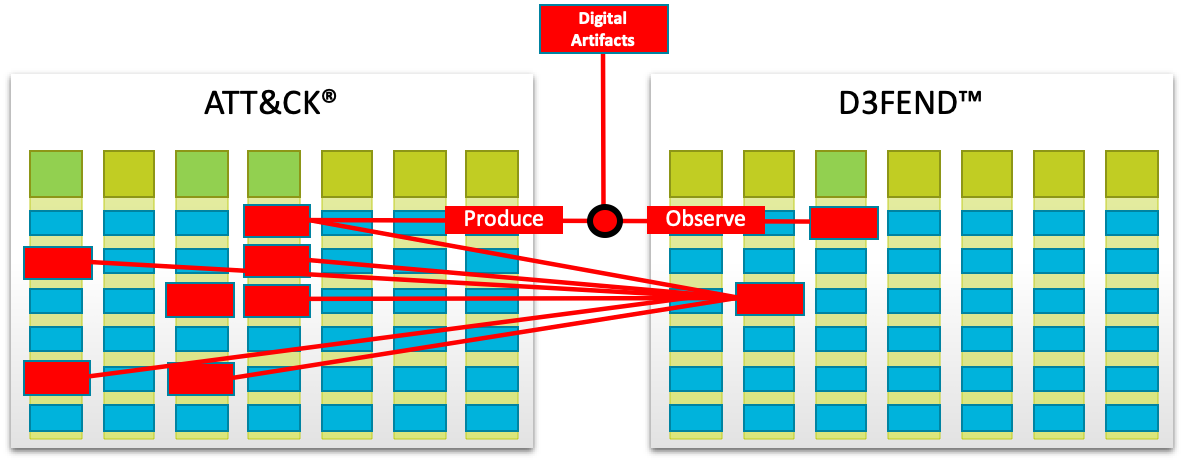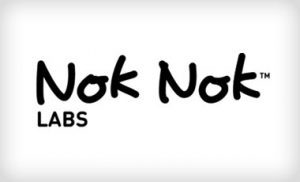 A new report on social media usage by the channel by Jay McBain of Forrester Research finds that the groups people use and the way they use them is changing amid a 13.2%, 490 million-user surge in social media use in 2020.
A new report on social media usage by the channel by Jay McBain of Forrester Research finds that the groups people use and the way they use them is changing amid a 13.2%, 490 million-user surge in social media use in 2020.
The report lists major tech channel groups that both managed service providers and channel managers should know about for each social network. McBain’s informal research found that Facebook Groups have replaced LinkedIn as the place to talk tech. He claims many LinkedIn groups have become ghost towns overrun by spam. Half of his respondents to his survey were disappointed with engagement levels on the platform.
The report prompted me to realize that he belonged to more than 50 groups and couldn’t remember the last time he posted — or even clicked on content on any of them. McBain has identified more than 40 FaceBook Groups that IT folks should take a closer look at.
One of the more important lessons of this research is that social media groups aren’t an ad medium but a way to engage potential partners on a grassroots level. Too often we both have seen plenty of spam or vendor posts that don’t really encourage discussion. The speed at which channel firms have apparently abandoned LinkedIn groups shows how quickly attitudes can change if group members don’t believe their needs are being respected.
McBain also reviewed several other social networks, some of which we hadn’t heard of. Up-and-comers include the audio- and app-oriented Clubhouse and Discord, which was originally for gamers but which has broadened its scope. McBain rates Twitter the second most popular spot for tech content, even though it really doesn’t have the community engagement tools to match Facebook or LinkedIn. And he advises B2B companies to keep an eye on Reddit, which had 52 million daily active users worldwide at the end of 2020, up 44% year-over-year.
Although the report is aimed at technology channel companies, it’s a useful way for any B2B marketer to take a fresh look at the social groups you use to get your message across.
You can listen to our 14 min. podcast here:




 There is an increasing number of AI-based tools that are being used in the hiring and HR process. I am not sure whether this is a benefit to job seekers and to the employment business. Certainly, there are plenty of horror stories, such as this selection from
There is an increasing number of AI-based tools that are being used in the hiring and HR process. I am not sure whether this is a benefit to job seekers and to the employment business. Certainly, there are plenty of horror stories, such as this selection from